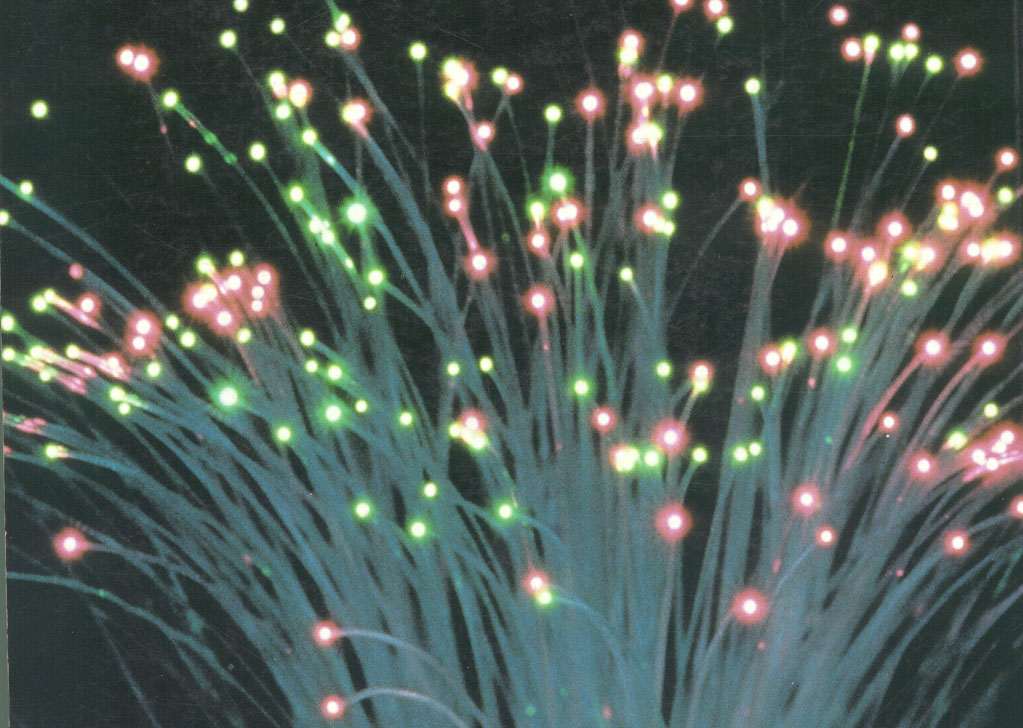
Photonics which combines the properties of photons with the capabilities of electronics, is an essential technology for the information age. In fact, it is said Photonics may be the most significant new technology since semiconductors. Two major candidates in photonics are fibre optics and laser technology. Laser and optical fibre have become all pervasive in communication, storage, sensing and processing of information. Photonics communication technology has established itself as the only solution in the future needs of information age.

